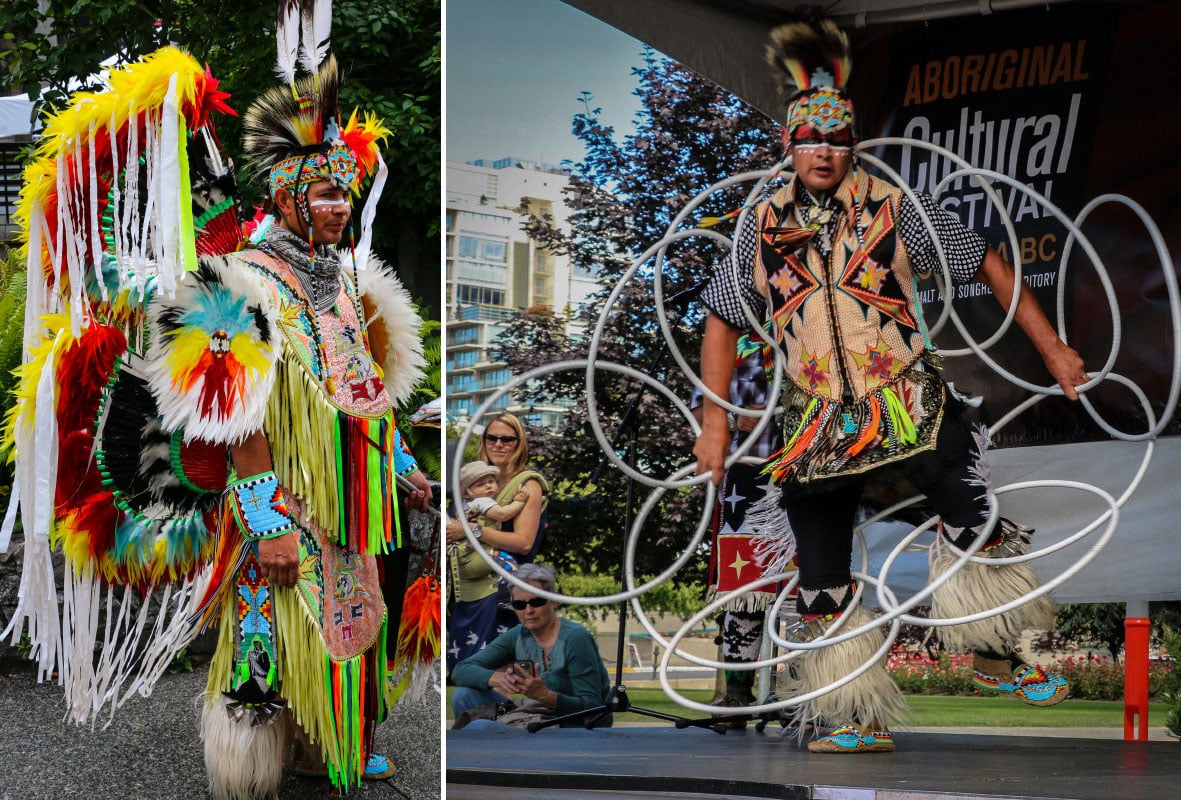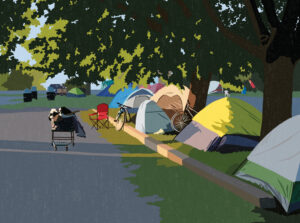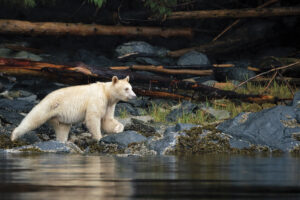
People & Culture
Kahkiihtwaam ee-pee-kiiweehtataahk: Bringing it back home again
The story of how a critically endangered Indigenous language can be saved
- 6310 words
- 26 minutes
This article is over 5 years old and may contain outdated information.
People & Culture

For three sun-soaked days this summer, drums pounded and songs resounded at the Aboriginal Cultural Festival in Victoria as First Nations groups from Vancouver Island and the mainland performed traditional dances involving real and mythical creatures on a stage in front of the Royal BC Museum in the Inner Harbour.
The star of the show was Alex Wells, a three-time world champion hoop dancer who hails from the Lil’wat Nation north of Whistler. His energetic dance used up to 22 hoops and was a magical visual display laden with symbolism and meaning, telling a story of the creation of life. Hoop dancing takes discipline and patience to master, as it is one of the most difficult and advanced dance styles.
I spoke with Wells after his performance.
Why is dance important to you and to First Nations?
Dancing carries a lot of tradition and a lot of stories that have been passed down. It carries a lot dignity and brings awareness. So much comes with dance: teaching, language, and a sense of history.
What inspired you to start dancing?
I’ve been dancing since childhood. I’ve done a lot of other jobs, but always came back to dance and Native culture. I think it’s partly hereditary.
The hoop dance takes a lot of energy. How do you keep fit?
I’ve always been athletic. I didn’t do much sports when young, but always did a lot dancing. Of course, ranching keeps me fit with hay baling and all the other jobs.
You have your own company, Native Thunder Productions. How’s it doing and what’s the future for Native dancing?
My company is doing well. We’re acquiring more clients and being asked to do more performances. There’s a slow incline in interest and we’re gaining a lot of recognition. The Cirque de Soleil is now hiring hoop dancers and so is the Calgary Stampede. The last two years have been really good.
Do you dance competitively?
I’ve just started to compete again. I plan to enter the world hoop dancing competition in February 2017, but I’ll be in the senior division [Wells is 40].
Anything else you would like to mention?
Dancing is my way of life; I do it full time. I’m very grateful for the life it’s given me. Dancing supports me and my family, and I’d like to thank everyone who has made it possible.
More photos from the Aboriginal Cultural Festival:







Are you passionate about Canadian geography?
You can support Canadian Geographic in 3 ways:

People & Culture
The story of how a critically endangered Indigenous language can be saved

People & Culture
The death of an unhoused Innu man inspired an innovative and compassionate street outreach during the nightly curfew in 2021

People & Culture
For unhoused residents and those who help them, the pandemic was another wave in a rising tide of challenges

Wildlife
How ‘maas ol, the spirit bear, connects us to the last glacial maximum of the Pacific Northwest